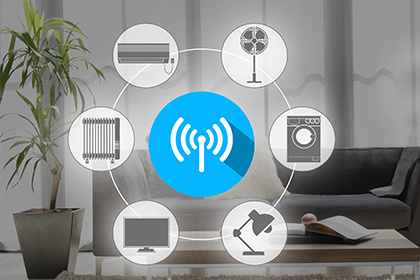What are the advantages of electromagnetic buzzers? What is it like?

The advantages of electromagnetic buzzers are as follows:
1. Due to the lack of one-sided contact, it has a long service life and high reliability. Can be used continuously for over 10000 hours.
2. No arc, no radio frequency noise, and no interference with others.
3. No large vibrations caused by looseness.
4. Accept the mastery of electronic circuits and let them produce various beautiful sounds, simulated sounds, and intermittent sounds. The sound is pure and not easily overshadowed by noise.
5. Triggered by voltage, the current consumption is very small, generally less than 20mA and not more than 100mA.
6. It's small and noisy. The volume can reach 70 dB/20 cm, and the component thickness is less than 1 mm.
7. Wide range of operating temperature limitations.
Working conditions of electromagnetic buzzers:
1. Surrounding air temperature
The upper limit of ambient temperature is 55; The lower limit of ambient temperature is -25;
2. Height
The altitude usually does not exceed 2000 meters.
3. Atmospheric conditions
When the ambient temperature is 40, the relative humidity of the atmosphere is less than 50%; It can have higher relative humidity at lower temperatures; In rainy months, the monthly balance is relatively high, with a relative humidity of 90%, and the monthly balance is relatively low. When the temperature is 25, the surface condensation of the product caused by temperature changes should be considered.
Therefore, when choosing an electromagnetic buzzer, it is necessary to choose the installation aperture, sound form, volume, and whether it has indicator lights based on the specific application situation, and then choose the connection method according to the actual working situation.
Electromagnetic buzzers are usually powered by DC voltage and installed in many electronic products. As a sound device, the buzzer performs vibration assembly and vibration assembly to produce sound. Because the working current of the buzzer is relatively high, the I/O port of the microcontroller cannot be simply driven. We need to use an amplification circuit to drive it, using a transistor to amplify the current. Therefore, the driving circuit of the electromagnetic buzzer consists of a transistor, buzzer, freewheeling diode, and power filtering capacitor.
1. Buzzer: As a sound component, it can produce sound when powered on. The main parameters include size, detection bias, operating voltage, frequency, current, and driving mode. You can choose according to your needs.
2. Continuous current diode: As the buzzer is an inductive component, the current cannot change instantly, so a continuous current diode is needed, otherwise it will damage the driving transistor and interfere with the rest of the circuit.
3. Filter capacitor: This component is used to filter the influence of current on the other side and improve the AC impedance of the power supply.
4. Transistor: The transistor can act as a switch. The high level of the base can ensure the conduction of the transistor and turn on the buzzer. If the liquid level is low, the buzzer will stop sounding.
In fact, the electromagnetic buzzer has the advantage of both sound and warning, which is that it is a component that can emit similar sounds. It is powered by DC voltage and is commonly used in alarm components and reminder components. Featuring alarm function, small size, and light weight.
.png)

